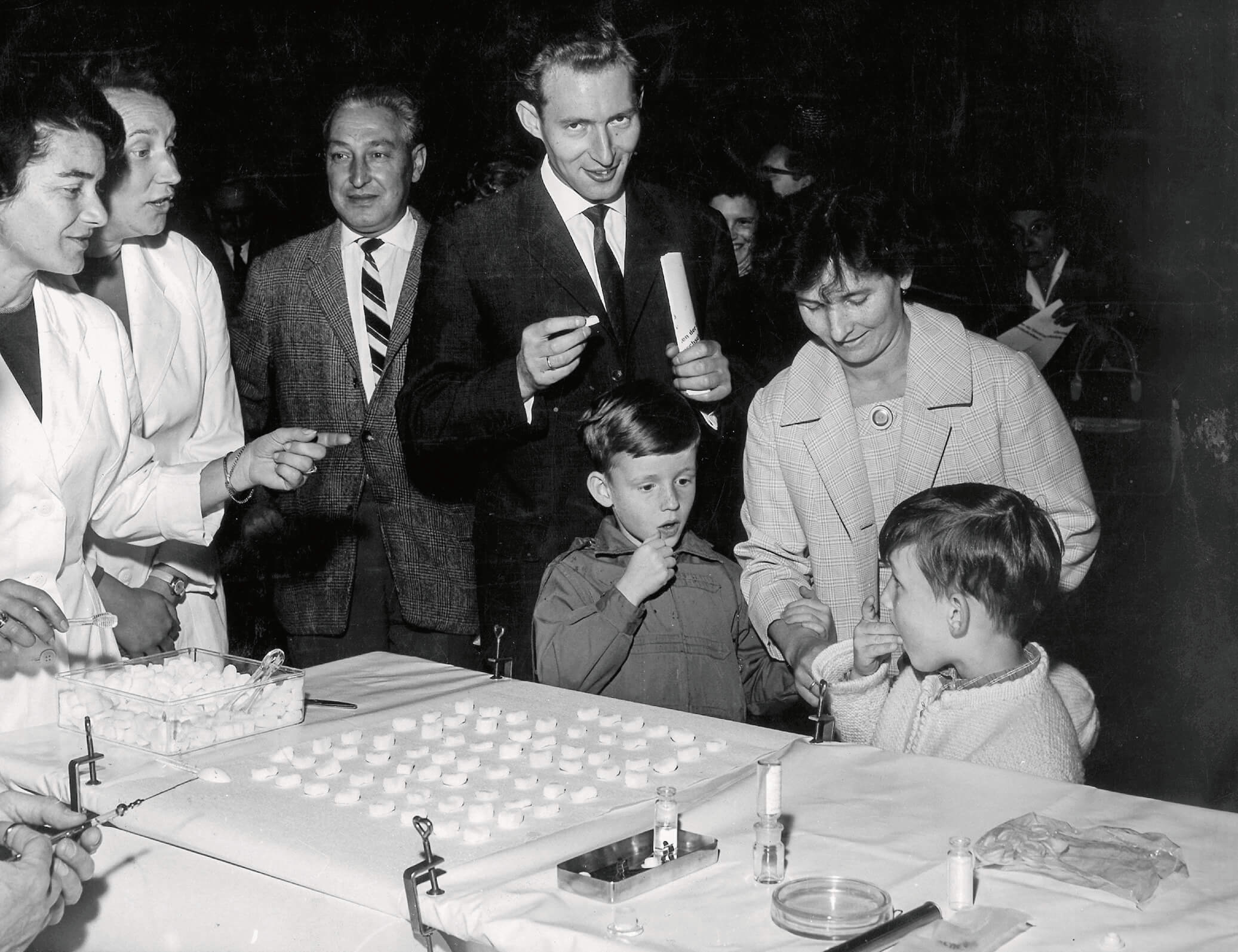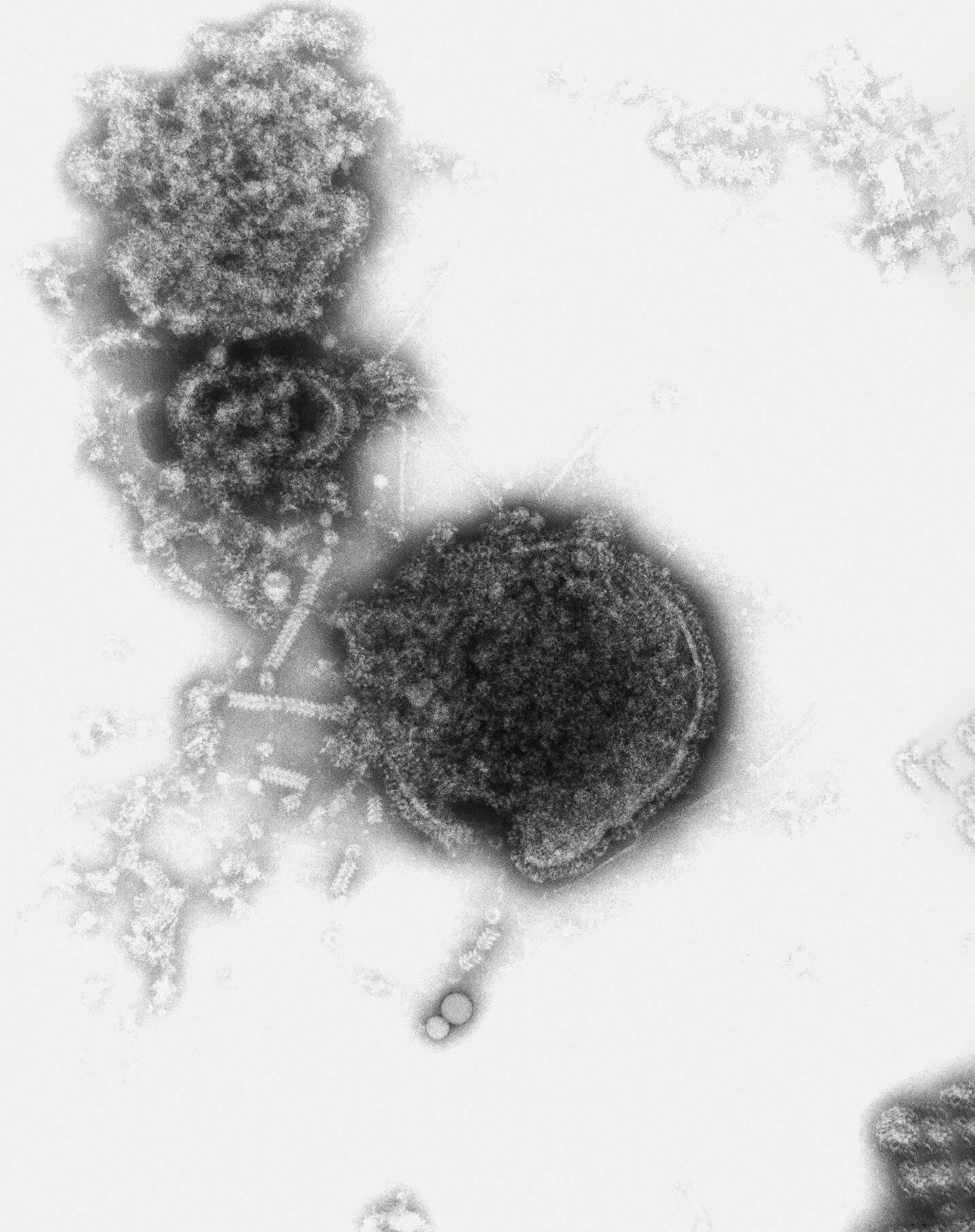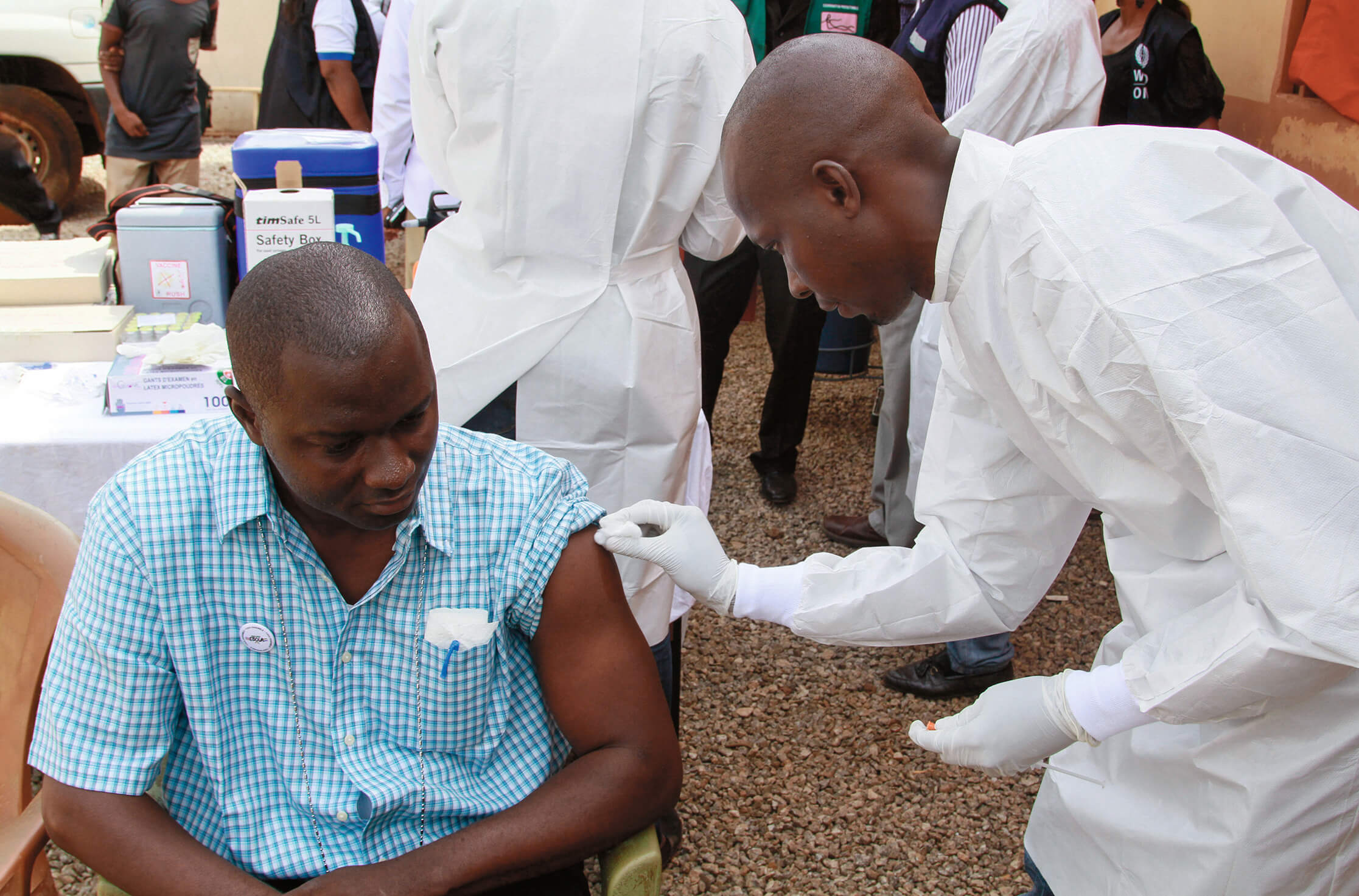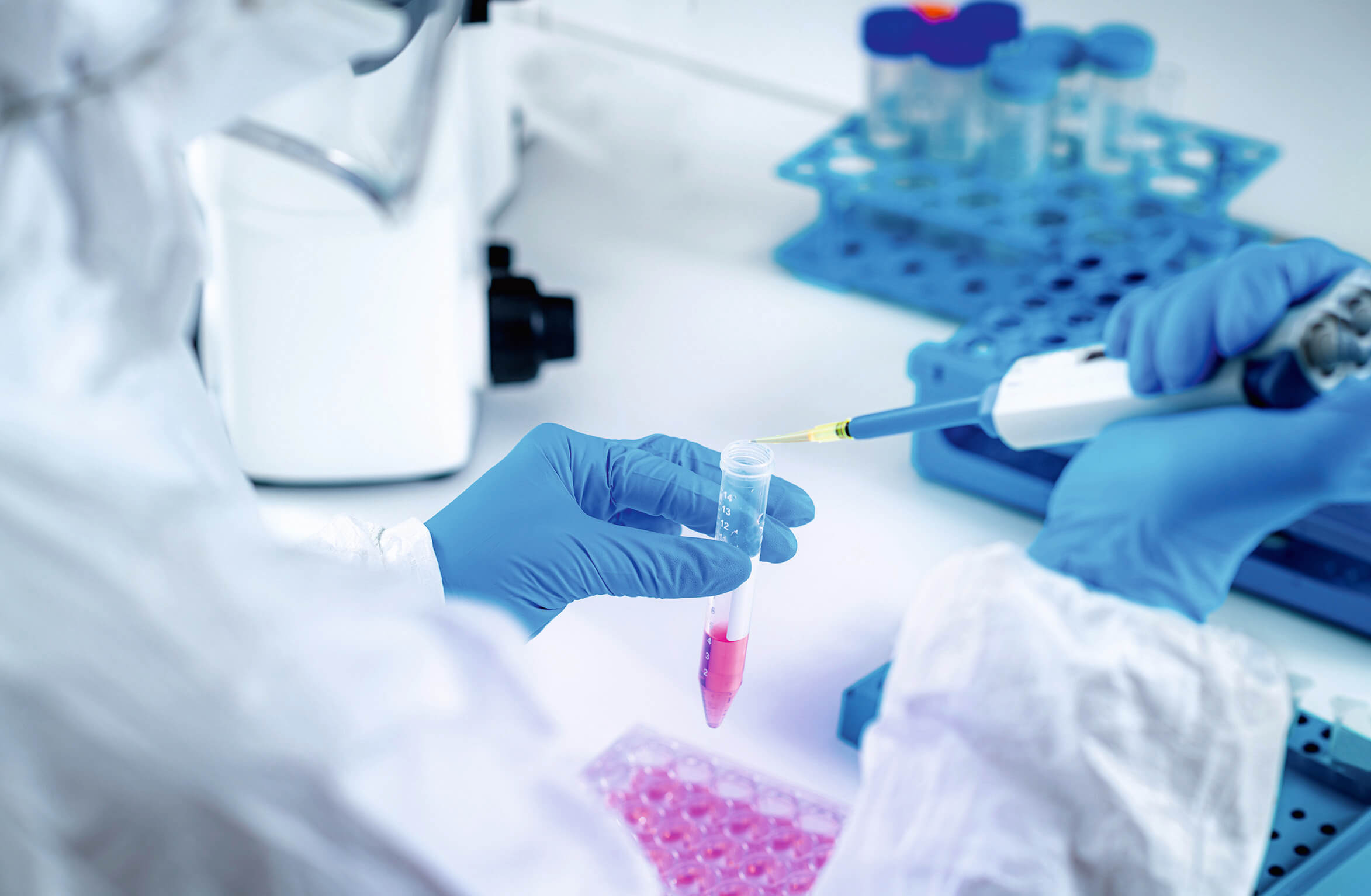200 YEARS OF VACCINATION

Readingtime
5 minutesVaccines are considered the greatest achievements in the struggle against viruses and bacteria. On the following pages we present the most important challenges and successes of medicine in the past two centuries
1796 SMALLPOX
PATHOGEN Orthopoxvirus variolae FIRST VACCINATION 1796 in England (image: Edward Jenner) VACCINATION TYPE Injection of cowpox lymph; it was followed later on in Germany by an attenuated vaccine containing the Vaccinia virus, which is closely related to Variola. HISTORY Between 15 and 30 percent of infected individuals died. After a smallpox epidemic that killed 125,000 people, the German Reich passed a law in 1874 to the effect that children must be vaccinated in their first and twelfth years. Since 1980, smallpox has been considered eradicated worldwide

1925 DIPHTHERIA
PATHOGEN Corynebacterium diphtheriae. The symptoms are caused by a toxin made by the bacterium. FIRST VACCINATION In 1925 in Germany (approval: 1936), Emil von Behring (photo) and Erick Wernicke discovered a new method of immunization for treating infectious diseases. After the publication of the paper “On the Origin of Diphtheria Immunity and Tetanus Immunity in Animals,” it took only four years for the industrial production of diphtheria antitoxin serum to begin. VACCINATION TYPE Patients were injected with blood serum from infected animals that had already formed antibodies. Today the vaccine contains inactivated diphtheria toxin. HISTORY Between 1881 and 1886, an average of 25,000 infants and toddlers under the age of three died annually in Prussia as a result of the infection. Diphtheria was the most frequent cause of death among children between the ages of three and five. Today 97 percent of infants and preschool children in Germany are protected, thanks to a combined vaccination during their first year of life.

1955 POLIOMYELITIS
PATHOGEN Poliovirus FIRST VACCINATION 1955 with inactivated vaccine, 1961 with attenuated vaccine VACCINATION TYPE Inactivated polio vaccine as a killed vaccine, initially usually administered orally (photo: Oral vaccination in Stuttgart, 1962), but solely as an intramuscular injection since 1998. HISTORY After 1880, poliomyelitis occurred as an epidemic that sickened thousands of people annually. It primarily affected children, who either died or suffered from lifelong physical disabilities (“infantile paralysis”). Starting about 1910, regional epidemics were observed in Europe and the USA at intervals of approximately five or six years. As recently as 1961, a total of 4,670 new infections were registered in Germany; in 1965, only a few years after the start of the first vaccination campaigns, that figure was less than 50, representing a decrease of 99 percent.

1963 MEASLES
PATHOGEN Measles morbillivirus FIRST VACCINATION 1963 in the USA VACCINATION TYPE Initially an inactivated vaccine, since 1968 an attenuated vaccine HISTORY Before a vaccine was developed, about 2.6 million people died annually worldwide; vaccination campaigns helped to reduce the number of deaths due to measles by 84 percent worldwide from over 500,000 to around 90,000—between 2000 and 2016. Since 2018 a massive increase in cases of measles has been seen again in Europe, with more than 100 deaths between January 2018 and June 2019. Measles can be regarded as “eliminated” only after at least 95 percent of a population is immune. Vaccination against measles has been mandatory in Germany since March 2020.

2015 EBOLA
PATHOGEN Ebola virus from the family Filuviridae FIRST VACCINATION 2015, approved by the EMA at the end of 2019 VACCINATION TYPE The vector vaccination VSV-EBOV is a combination of different variants of a viral vector that is based on the Vesicular stomatitis virus (VSV) (photography: Vaccination in Conakry/Guinea 2015). In order to create the vaccine, a gene from the Ebola virus is inserted into the genome of the VSV virus; this gene encodes the viral glycoprotein (GP) of the Ebola virus. HISTORY A large percentage of people infected with this virus die from it. Precise numbers are hard to determine. It is assumed that between 30 and 90 percent of infected individuals die, depending on the severity of the outbreak. The average mortality is estimated to be 50 percent.

2020 COVID-19
PATHOGEN SARS-CoV-2 FIRST VACCINATION The first vaccinations reportedly took place in China and Russia in the fall of 2020. A comprehensively tested vaccine is not expected to be available before the spring of 2021. VACCINATION TYPE Vector vaccination, inoculation with DNA or mRNA HISTORY The initial cases of patients infected with this “novel coronavirus” occurred at the end of 2019. Originating in China, the virus has spread throughout the world since the spring of 2020. By mid-October 2020, around 37 million people were infected and more than one million patients had died. According to the World Health Organization (WHO), more than 100 vaccines against Covid-19 are currently in development.

Photos: akg-images (2), akg / Science Photo Library, picture-alliance / dpa I Flesch, Science Photo Library / NIBSC, picture alliance / AP Photo I Youssouf Bah, Science Photo Library / Microgen Images
Illustration: Oriana Fenwick / Kombinatrotweiss mit Fotovorlage von Christian Brandes










